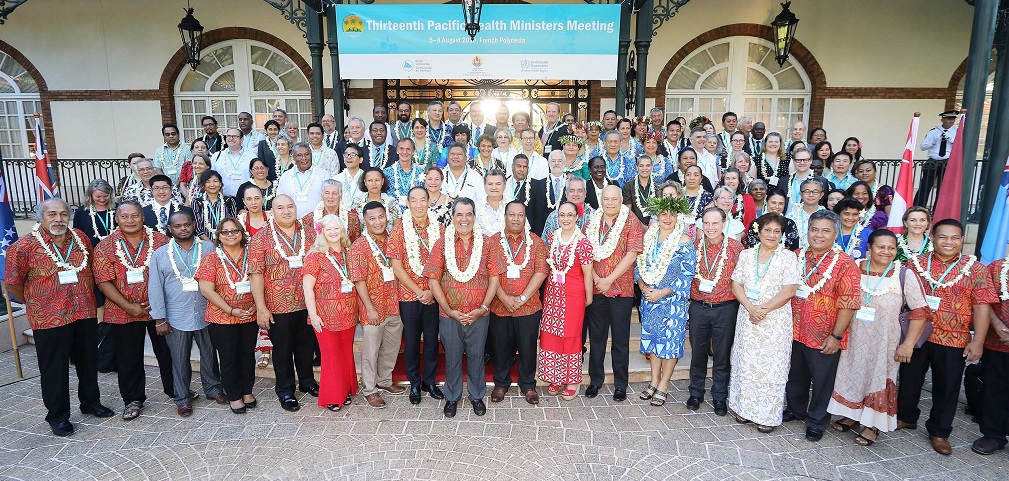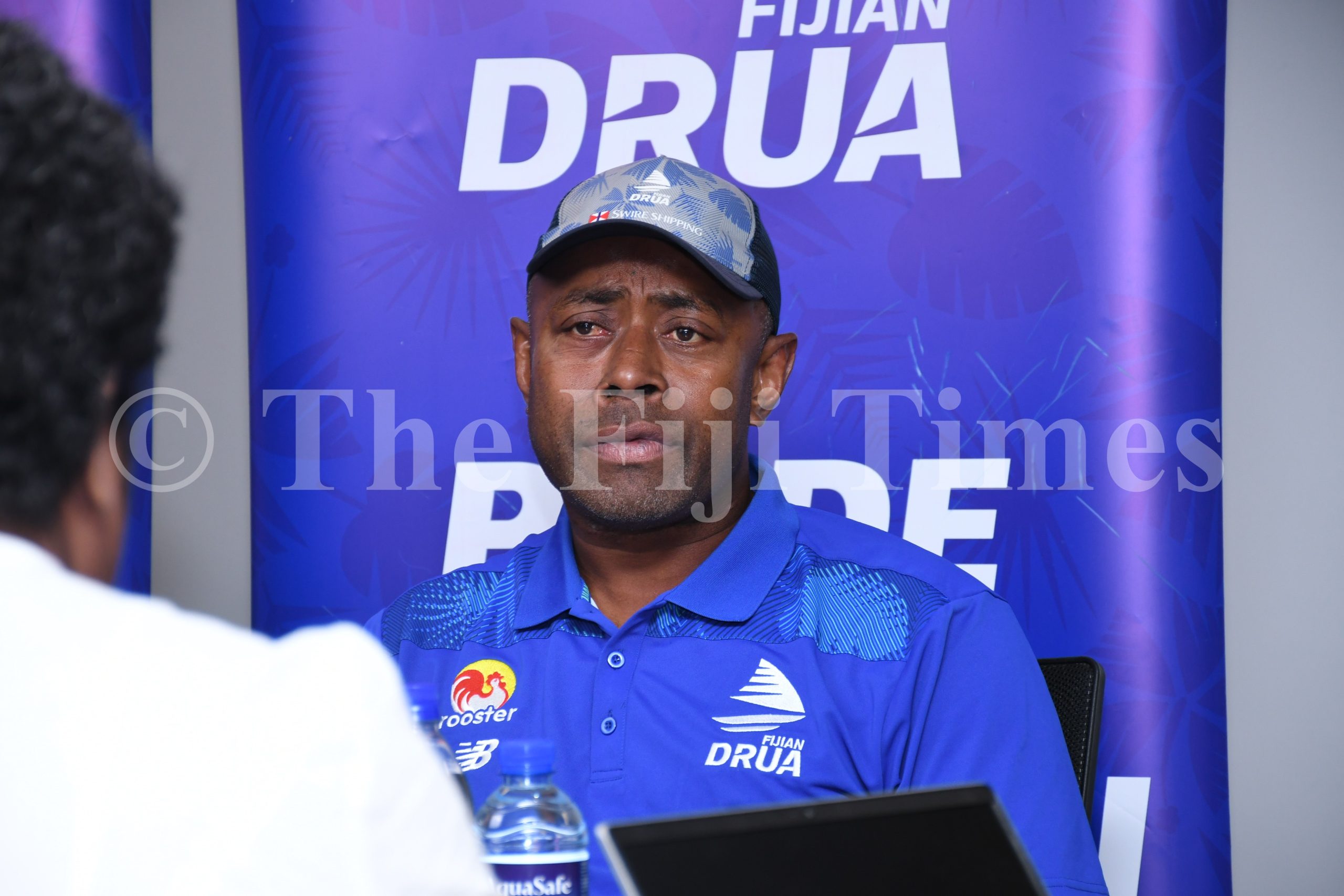Health literacy – it remains an important tool for addressing social determinants for health improvement. Advancing health literacy remains a global challenge for the 21st century.
The Fijian experience in health promotion and wellness is of great interest after the 1986 Ottawa declaration.
The preliminary remodeling of healthcare in Fiji had taken root in 2009-2014 with budget allocation for “health promotion” amalgamated with “non-communicable diseases prevention (NCDs)” allocations, adding in the newly acquired additional, alternative funds from tobacco licencing and registration.
The Yanuca Declaration of 1995 was revamped by the Pacific Health Ministers in 2015 on Yanuca, Fiji with health promotion given its wider concept of “wellness”.
The focus was on “lifespan”; growth, nurturing, aging with grace and addressing symbiotic ecological conservation. Health literacy remained unaddressed, off the agenda and the NCDs epidemic continued to gain further momentum.
Healthcare personnel are not noting the desired clinical impact with diabetes, cardiac, cancer and mental health affecting a significant cross section of the population.
The complex interaction between general literacy, health literacy, information technologies and healthcare infrastructure remain unexplored.
Much like the US experience of health literacy being set at a higher level than the levels of community cognition and ability to address behavioral understanding.
It is not impossible that a similar scenario exists in Fiji and the Pacific, where a higher literacy level than the average literacy level, is leading to cognitive non-compliance, necessary behavioral changes and contributing to the failing health outputs.
This paper reviews examples within the diabetic epidemic and suggests possible policy review to optimise health outcomes using a multi-sectoral approach.
Introduction:
Health literacy is a relatively new concept in health promotion mentioned in the 1970s.
It is a policy issue at the intersection of education and health encompassing “the degree to which people have capacity to obtain, process and understand basic health information and services needed to appropriately make health decisions”.
At the inter-phase of education, health literacy remains discrete and distinct from general literacy and increasingly important for socioeconomic and health development. Health literacy remains an important tool for addressing social determinants for health improvement.
Health inequalities result in inequity within States and between them. World Bank (1993); WHO 196 a reports acknowledge strong co-relates between poor health and poverty exist.
Unfortunately, 90 per cent of Global Health funding is utilized in developed countries.
Advancing health literacy remains a global challenge for the 21st Century especially in Low and Middle-Income Countries (LMIC). The impetus to level the inequity equation at multi-sectoral levels of leadership, policy development, research, training and monitoring / evaluation based on wide community participation and adequate health funding options.
The Fijian experience in health promotion and wellness
The Alma Ata. Declaration (1978), and the Ottawa Declaration (1986) set the political and health executive train in motion. Formalisation of the pyramid concept of primary healthcare and mainlining health promotion successfully followed for a decade under World Health Organization (WHO) and State support.
However, the national fiscal support lost impetus with competing needs and real time monitoring was not forthcoming to streamline policy direction.
The Nairobi Declaration (2009) specifically discussed details from the WHO Commission on Social Determinants, giving health literacy global exposure.
However, the Pacific health care systems stagnated and never acted on this initiative as their health fiscal budgets were limited and the outdated Ottawa-based programs remained unaudited and in dysfunctional mode.
The preliminary remodeling of healthcare in Fiji had taken root in 2009-2014 with budget allocation for “health promotion” amalgamated with “non-communicable diseases prevention” allocations, adding in the newly acquired additional, alternative funds from tobacco licensing/registration.
The initial allocation of $400,000 now stood at $1.2 million for two years before politicians dismantled the fiscal allocation when the health management could not verbalise their needs at budget subcommittee level.
The attempts by health leadership in 2009 was to shift the 30/70: Prevention/curative health ratio to 40/60 progressively. With uninformed political leadership changes to the fund grant was lost subsequently.
The Yanuca Declaration of 1995 was revamped by the Pacific Health Ministers in 2015, on Yanuca, Fiji with health promotion given its wider concept of “wellness” with a focus on “lifespan”; growth, nurturing, aging with grace and addressing symbiotic ecological conservation.
Health literacy remained unaddressed, off the agenda and the NCDs tsunami continued to gained further momentum.
Statistically, the escalating NCDs crisis remains significant as recorded by international standards. National health promotion activities are important to address underpinning factors to ill-health.
With the current spiraling morbidity, mortality trends, one questions the possible gaps in general and health literacy.
In the absence of a national literacy survey, the presumption that four years of primary education records Fiji’s general functional literacy at 99 per cent for those over 15 years of age is noteworthy.
The Fiji Educational for All Report 2000-2015 quoted the UN Common Database (UNESCO-2006) and added that enrollment in school and not quality of education is a crude measure to assess human resource development. The national health literacy remains totally unassessed in this context.
Despite an abundance of educational material, poor methods of communication at national, community and individual level, educational material and healthcare personnel one is not noting the desired clinical impact with diabetes, cardiac, cancer and mental health affecting a significant cross section of the population.
Is this due to the specific lack of measures to address health literacy?
Has the healthcare system in fact missed the target based on the 1986 Ottawa model?
The US scenario as discussed by R. Safeer alludes to the literacy disparity of health promotion in his review in the American Family Physician.
“Health Literacy: The Gap between Physicians and Patient.”
The complex interaction between general literacy, health literacy, information technologies and healthcare infrastructure remain unexplored.
Safeer stated “most US adults read at 8th grade level, 20 per cent of the population below the 5th grade and most healthcare material written at a 10th grade level”. It would consequently follow that health literacy may be a critical modifiable factor to improve preventative cane, reducing health disparities.
It is not impossible that a similar scenario exists in Fiji and the Pacific where a higher literacy level than the average literacy level is leading to cognitive non-compliance, necessary behavioral changes and contributing to the failing health output.
Diabetes in Fiji:
Acknowledging the genetic predisposition to diabetes in the Fijians of Indian ancestry and a doubling of rates in them in the last four decades, one notes with great concern the phenomenal rapid catch up in incidence by our indigenous iTaukei community over the same period, with a 40-fold increase to approximately 20 per cent incidence.
Research in the 1960 indicated a rate of 0.5 per cent in the indigenous population, WHO’s Second Steps Survey in 2013 suggests a rate of approximately 20 per cent in both ethnic groups and steadily rising. Other indicators suggest 30 per cent in 2020 on present trajectory in both ethnic groups.
Health care review
It is apparent that health literacy must be given greatest cognition in re-orienting the health delivery systems if we are to return on track. Current Health promotion and lifespan wellness education is not being addressed with steeply rising disabilities, premature morbidity and mortality.
The call for sustained, knowledge-based leadership, appropriate health financing, raising practitioner knowledge and skills are almost mandatory. A return to the planning board almost immediate.
A wider range of services inclusive of a range of easily understandable messages, literature, information, communication, compatible with population-based health literacy level. Real time monitoring of programs and relevant community education need addressing.
Health literacy embedded into the primary and secondary education curriculum will address long-term prevention strategies.
Without concrete policy review and planning effort into restructuring health literacy into the school, and sustained adult education at community and village level is re-established we will continue to see disabilities, premature morbidity and mortality at even higher levels and in younger members of our communities.
In the clinical setting, the orthopedic approach to diabetic sepsis must be urgently reviewed with improved internal medicine directed approaches to save limbs, eventually reducing the very high and problematic amputation rates in Fiji.
The Diabetic Hub concept (One Stop Shop) assessment of target organs cannot be over stressed. Its wider utility lies in comprehensive role in targeted health literacy, screening, data collection and playing an applied epidemiological role to research, monitor, evaluating the Diabetic epidemic.
- DR NEIL SHARMA is the former health minister. The views expressed are the authors and not of this newspaper.






